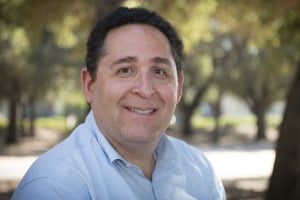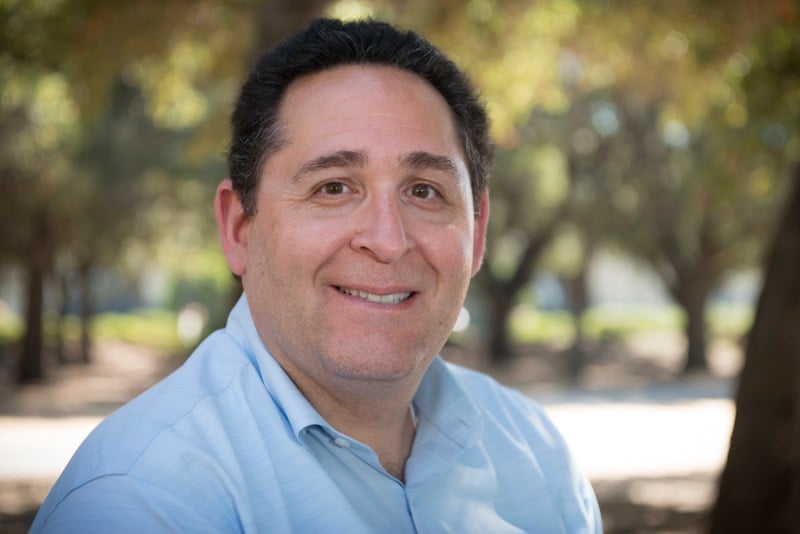
Brian D. Shaw comes to Stanford as the new director of Parking & Transportation Services (P&TS) after running parking and transportation programs at Emory, the University of Chicago and the University of Pennsylvania for a combined 13 years.
The Daily spoke with Shaw about his vision for P&TS under his leadership.
The Stanford Daily (TSD): Why did you decide to move to Stanford for your career?
Brian Shaw (BDS): Stanford is arguably the gold standard and the best program of its kind in the country, so the opportunity to come here and be in charge of that was very attractive.
TSD: What are your top priorities during your first year here at Stanford?
BDS: We’re recognized as the leader in parking and transportation management. We want to keep our position as a prominent program in the field and continue to find ways to be innovative.
We always are focused on reducing on our peak-hour trips to and from campus, so we’re looking to continue to find ways to encourage commuters to use different alternatives to driving alone. We want to find out what is really behind the reasons people choose the modes that they do and particularly why they choose to drive alone. And we are working to encourage those who do have to drive to do so outside the peak-hour time frames of 8 a.m. to 9 a.m. and 5 p.m. to 6 p.m.
We’re increasingly dealing with parking demands. We’re constantly expanding and renovating buildings and growing, but usually that comes at the expense of parking. A lot of the new construction projects are built on parking lots or they inevitably eliminate parking along campus streets, so we have to try to find ways to mitigate those impacts and manage the increased demand for parking access on campus.
We are looking to leverage technology. There are ways to improve efficiencies, operate more sustainably and introduce new or expanded programs through technology. We’re investing in electric buses, and we’re looking to expand the electric vehicle charging stations on campus. We’re pursuing digital processing, such as online bike registration and carpool processing, and transitioning the VTA Eco pass to the Clipper card. We’re looking to be more innovative with technology.
We’re always focused on bikes – to enhance the bike infrastructure and to have people bike safely on campus. We are always considering new ways to encourage people who bike to wear a helmet every time they ride, even for their short trips, and to follow all the rules of the road that vehicles have to follow. The safer we can make our campus community who ride their bikes, the better it is for everybody, not just those who are biking.
TSD: What are some specific ways you plan on encouraging these bike safety measures, especially for students?
BDS: It’s about personal safety, and one thing we’re going to try to do is provide positive reinforcement when we see students using their helmets or stopping at stop signs. We’re going to be issuing gift cards for, say, campus cafes and on-campus stores or services. We’re trying to get people to do the right thing by recognizing them when they do it. It’s not illegal to not wear a helmet for those 18 and older, but it’s not very smart, so we want people to recognize this and provide positive reinforcement. That’s something we’re going to be rolling out over the next six months.
TSD: What are you most looking forward about to about this position?
BDS: I’m a problem solver. That’s what I’ve always done at the other schools. I’ve been able to make things more efficient and more customer-service friendly.
But at Stanford we do a lot of good things already, so there aren’t a lot of problems that I’m looking to solve. The challenge here is: how do we do what we do, which is already being done at a fairly high level, and make it even better and position it for the future? How do we get Stanford from the gold standard to being the platinum standard? How do we get there using technology and innovative thinking? That’s what I’m looking forward to – not just keeping Stanford at a high level, but moving it to another high level of achievement that frankly no one else has been able to get to.
This transcription has been condensed and edited.
Contact Sarah Moore at smoore6 ‘at’ stanford.edu.
